Boosting Transport Capacity
In response to China’s maritime expansion, Japan’s Ground Self-Defense Force (JGSDF) has shifted its weight from the north towards island defense in the southwestern region, establishing new the units like the Amphibious Rapid Deployment Brigade, a.k.a Japanese Marines.
But, when is comes to maritime transport, which is indispensable for achieving any prospect of island defense, the Navy (JMSDF) has three Osumi-class amphibious transport docks and one old landing craft at their disposal.
Even if we add the two commercial ferries chartered by the Ministry of Defense, the current configuration is inadequate for sending enough forces to remote islands.
JMSDF has been considering additional vessels or even acquiring amphibious assault ships for that matter, but such procurement of large ships will take time.
Taking such reality into account, JGSDF has decided to establish the Maritime Transport Unit -a joint unit with the JMSDF aimed at operating transports dedicated to island defense.
The idea is to introduce one medium-sized transport (2,000ton-class) and three small-sized transports (400ton-class), eventually expanding it to a fleet of two medium-sized transport ships and six smaller ones.
These vessels are expected to be mainly operated by JGSDF personnel and will be utilized for transporting equipment and supplies as well as the Japanese Marines.
Training Army Sailors
While the idea of JGSDF operating their own transport ships is mostly met with surprise, some consider this as reminiscent to the Imperial Japanese Army who literally had their own transport fleet.
In the case of the old predecessors, any real cooperation was absent between the Army and the Navy, with the former going to the extent of constructing their own submarines. These Army submarines were intended to deliver much needed supplies to isolated garrisons in the Pacific, as the Navy was losing control of the seas and diminishing its fleet to a dangerous level.
Fast forward eight decades, the situation does seem to appear similar at least on the surface level, with the present-day Army building their own ships to supplement the preoccupied Navy.
But, this time it is a joint effort for achieving the same objective, instead of each party going about their own way, making the two cases absolutely different.
The Maritime Transport Unit is a permanent joint organization, aiming for seamless cooperation between the two branches, and JGSDF personnel assigned to this new unit must undergo training at JMSDF’s technical service schools.
At these naval schools, Army personnel will learn sea navigation, engineering, flag-signaling, and other essential maritime skills. After graduation, they will then move on to serve on the aforementioned Osumi-class amphibious transport docks in order to gain hands-on experience.
Although these Army sailors have come aboard on their own accord, they are the faced with formidable obstacles other than seasickness – notably the difference in military culture and specific terminology.
For instance, the standard JMSDF salute is defined at a 45-degree angle in accordance with the confined space onboard ships, whereas the JGSDF performs a 90-degree angle salute.
Such subtle differences are both confusing and challenging to many, since it requires one to breakaway from long-standing customs.
Nonetheless, the new unit is certainly a workplace where JGSDF personnel can gain both the expertise and unique experience that are not available in other regular units.
Operating a permanent joint unit at such large scale is a first for the Self-Defense Forces, and as a more integrated approach is required to tackle the growing security threats, the Maritime Transport Unit will likely serve as a valuable test case.



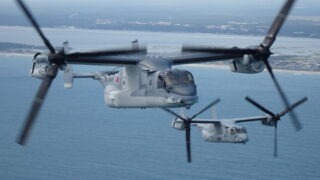
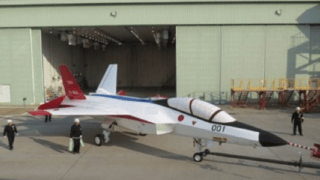

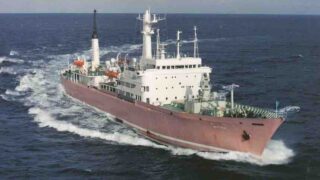


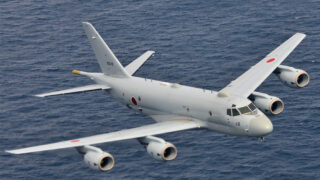
-320x180.jpg)
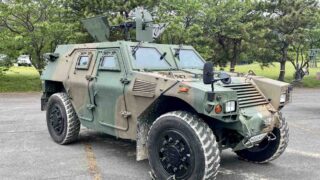


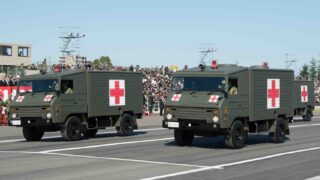


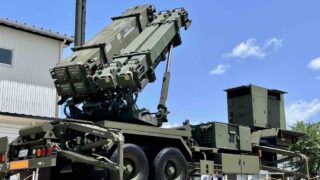
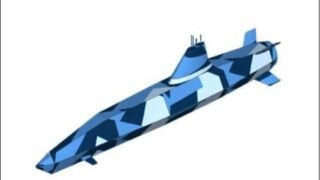
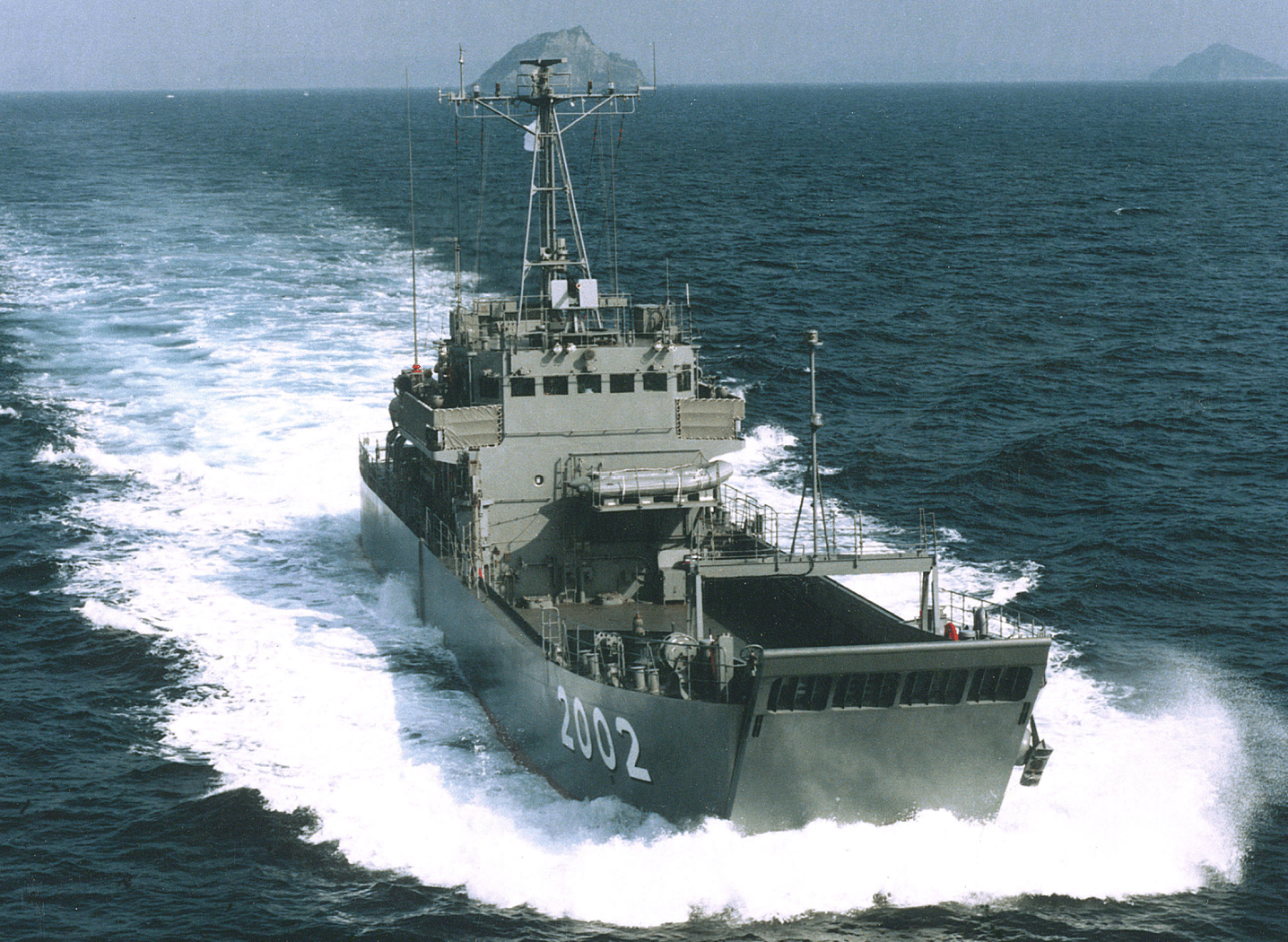
Comments